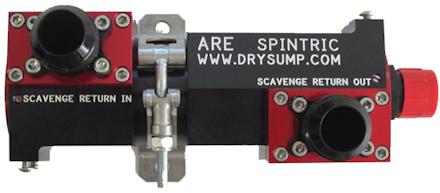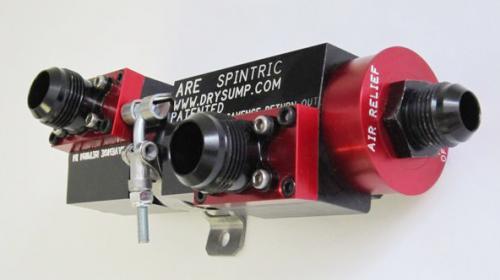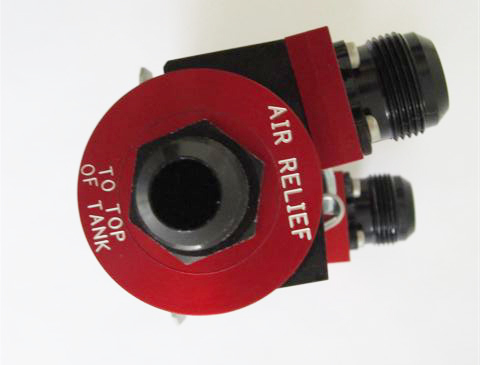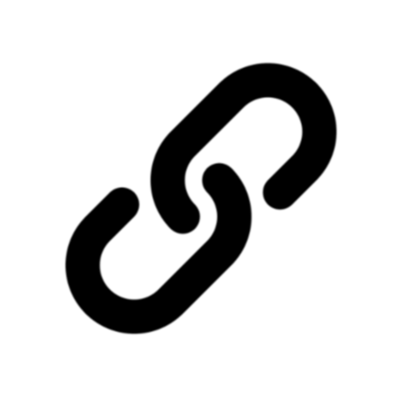


SPINTRIC®- The Air/Oil Separator
“A totally full time functioning device, becoming part of the dry sump system.” This is not an engine breather/vent can
The "Spintric®" air/oil separator is an in-line air separator for dry sump oiling systems, as typically used on racing engines. This device follows an invention by Gary Armstrong Patented in 1983, where the air and oil is separated mechanically, being part of the dry sump pump, and incorporated within the pump, driven by the same shaft (patent # 4,414,006) 1983. The Spintric® air/oil separator is a very simple looking, yet highly sophisticated device, utilizing several complex channels allowing what I call "centripetal air separation" to work. The same laws of physics working in the previous patent, and other similar devices relying on the dry sump pump are at work. However, separators in the pump make a longer, larger diameter, more difficult to mount dry Sump pump. The Spintric® mounts separate from the dry sump pump, in-line from scavenge out to scavenge in on the dry sump tank. We also make a special dry sump tank with the Spintric® mounted to the tank, (optional).
The Spintric® has NO MOVING PARTS. The oil traveling back to the tank is the only "moving part". The internal centripetal (centrifugal) force is generated by the internal channels shape, cavities, port and undulated manifold, and relief ports, forces the air out of the oil prior to entering the tank. The device can be mounted virtually anywhere in the scavenge oil return line. In-line meaning that it is connected in between the scavenge outlet fitting on the pump and the return fitting on the inlet to the dry sump oil tank. There is another fitting where the extracted air that is separated from the oil scavenged out of the pan, returns to the tank. This fitting on the tank should be in a higher location, such as a vent fitting. This is important as the air extraction line is not totally without oil. The percentage of air varies with pump RPM (oil flow speed), oil temperature and flow volumes. However, the amounts generally are between 30-70% air. Keep in mind this is the same percentage of air that is NOT IN the oil as it flows into the tank. This allows the oil to be much less aerated as it makes its way to the bottom, and consequently to the pressure stage feeding the engine it's "life blood". This affords less oil pressure drop, better more efficiently cooled oil, and more lubrication to the engine. Air obviously, is not a good lubricant! I recommend the air extraction feed into the tank have a deflector, or a tube close to the internal tank wall.





